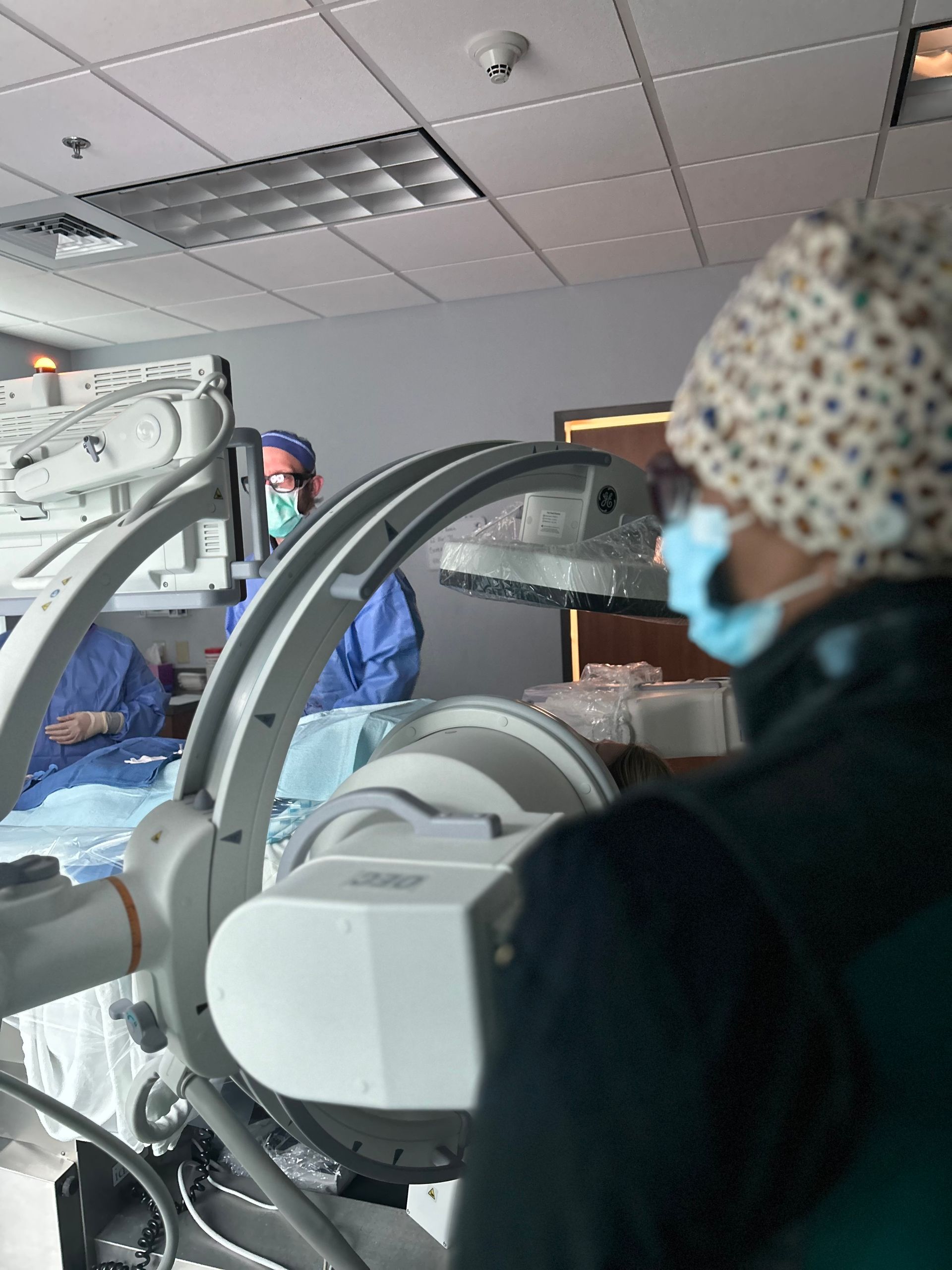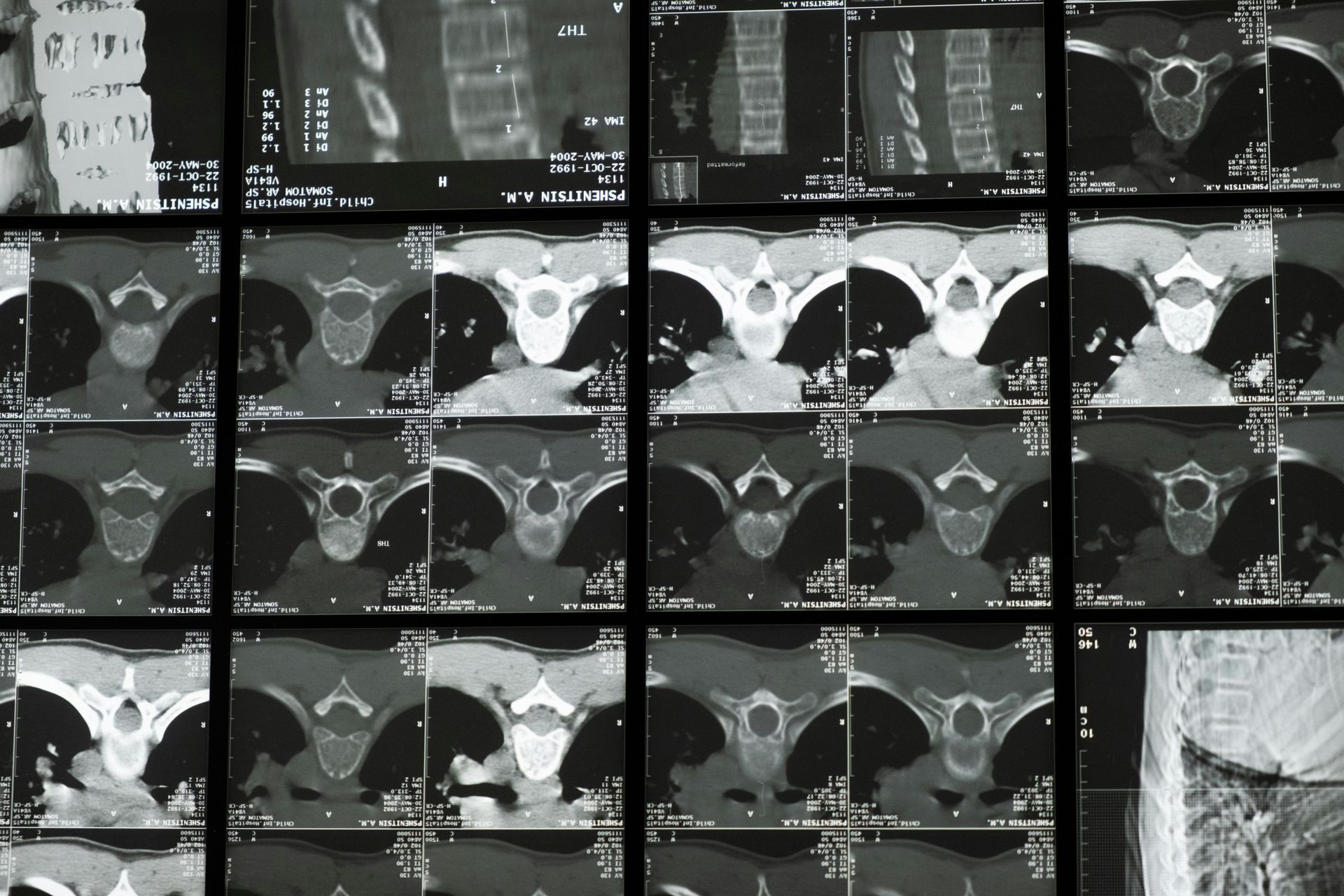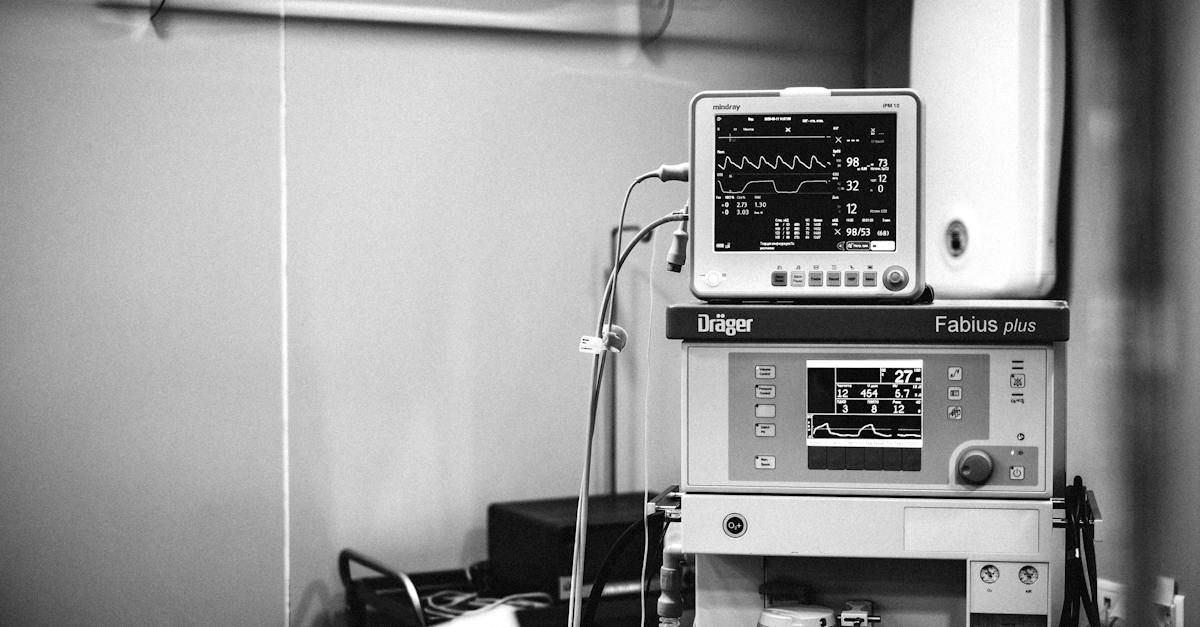
Call Now: (615) 849-7490
Peripheral Artery Disease (PAD)
Peripheral Artery Disease (PAD): What You Need to Know

February is Heart & Vascular Health Month, making it the perfect time to raise awareness about Peripheral Artery Disease (PAD). PAD is a common but serious circulatory condition that affects millions of Americans, yet it often goes undiagnosed. If left untreated, it can lead to severe complications, including limb loss and an increased risk of heart attack or stroke. Here’s what you need to know about PAD and how you can take steps toward better vascular health.
What is Peripheral Artery Disease (PAD)?
Peripheral Artery Disease occurs when the arteries supplying blood to the legs and feet become narrowed or blocked due to plaque buildup (atherosclerosis). This reduces circulation and can cause pain, mobility issues, and slow-healing wounds. PAD is often a sign of broader cardiovascular problems, as the same plaque buildup can affect the arteries leading to the heart and brain.
How Common is PAD?
PAD affects 1 in 10 Americans, but many people don’t realize they have it because symptoms can be mild or mistaken for aging-related issues. The condition is more common in individuals over 50, smokers, diabetics, and those with high blood pressure or high cholesterol.
Signs & Symptoms of PAD
PAD can develop gradually, and symptoms may vary. Common signs include:
✅
Leg pain or cramping (claudication) while walking, which improves with rest
✅
Numbness or weakness in the legs
✅
Cold feet or toes compared to the other leg
✅
Slow-healing sores or wounds on feet and legs
✅
Discoloration of the skin or shiny skin on the legs
✅
Weak or absent pulse in the legs or feet
Why Early Detection Matters
Because PAD is a progressive disease, early detection is crucial in preventing severe complications. If left untreated, it can lead to critical limb ischemia (CLI), which may result in non-healing ulcers, infections, and, in severe cases, amputation. Additionally, people with PAD are at a significantly higher risk of heart attack and stroke.
How is PAD Diagnosed?
A simple vascular screening can help detect PAD. Common diagnostic tests include:
🩺
Ankle-Brachial Index (ABI): A non-invasive test that compares blood pressure in the ankles and arms.
🩺
Ultrasound Imaging: Uses sound waves to evaluate blood flow and detect blockages.
🩺
Angiography: A detailed imaging test that shows the arteries in greater detail.
Treatment Options for PAD
The good news is that PAD is treatable! Depending on severity, treatment may include:
✅
Lifestyle Changes: Quitting smoking, eating a heart-healthy diet, and increasing physical activity.
✅
Medications: To improve blood flow, lower cholesterol, and manage high blood pressure.
✅
Minimally Invasive Procedures: Such as
angioplasty and stenting to open blocked arteries.
✅
Surgical Interventions: In severe cases, bypass surgery may be necessary.
Take Action This Heart & Vascular Health Month
Don’t wait until PAD progresses—take control of your vascular health today! If you’re experiencing leg pain, numbness, or slow-healing wounds, it’s time to get checked. Our team at Murfreesboro Vascular and Interventional offers expert screenings and treatments to keep your circulation healthy.
📅 Schedule a PAD screening today! Call us at 615-849-7490 or visit our website to book an appointment.
💙 Your heart and legs deserve the best care—let’s keep them healthy together! 💙
#PADawareness #HeartHealth #VascularHealth #PeripheralArteryDisease #HealthyLegs #LegPain #VaricoseVeins #DVT #StrokePrevention #FebruaryHealthMonth

Phone: (615) 849-7490
Fax: (615) 890-7838
All Rights Reserved | Murfreesboro Vascular & Interventional
Careers | Privacy Policy | Site by Infinity Medical Marketing











